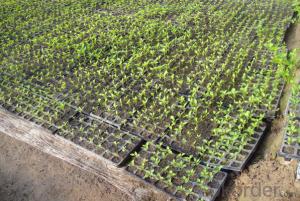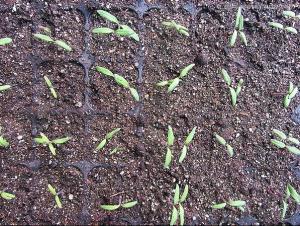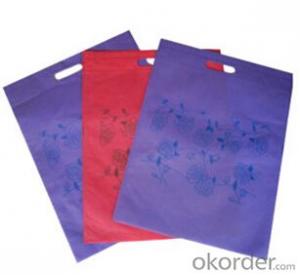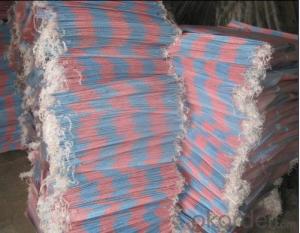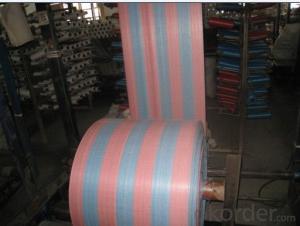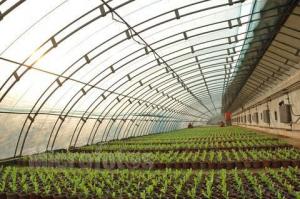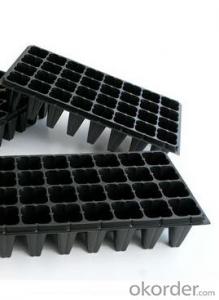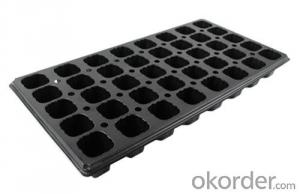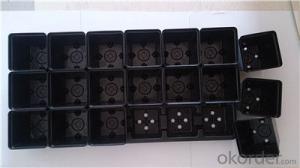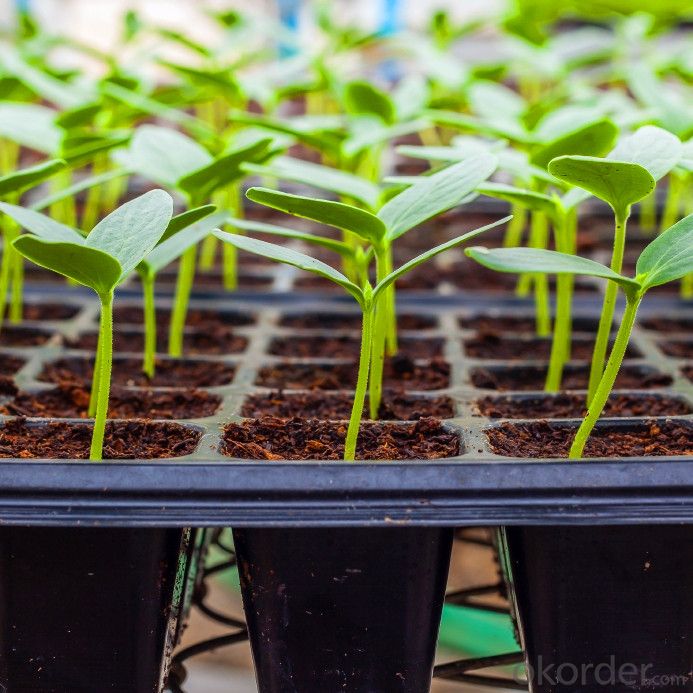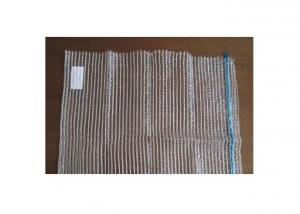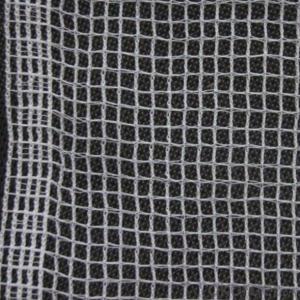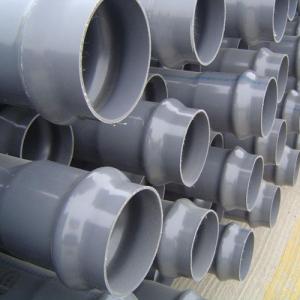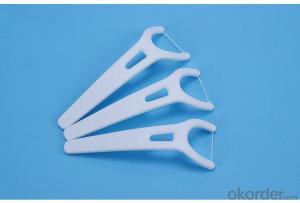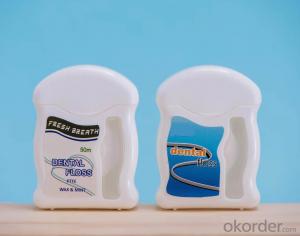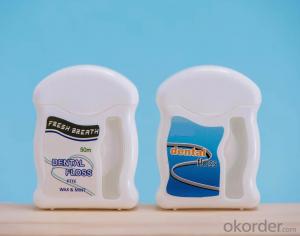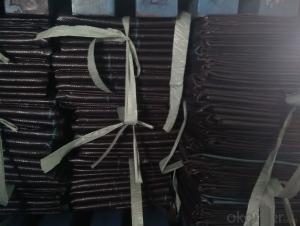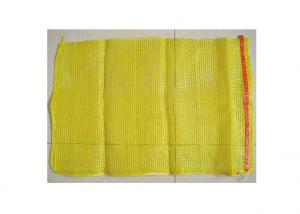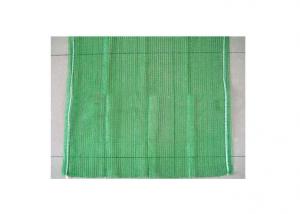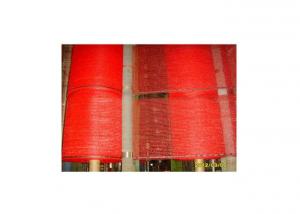High Quality HIPS Seed Tray Plastic Tray Plug Tray
- Loading Port:
- China main port
- Payment Terms:
- TT OR LC
- Min Order Qty:
- 1000 pc
- Supply Capability:
- 10000000 pc/month
OKorder Service Pledge
OKorder Financial Service
You Might Also Like
Structure of the seed tray: · Top quality and competitive price. · Variety design and good appearance. · Easy to use, and remove. · Durable and reusable. · Eco-Friendly.
Advantages: · Top quality and competitive price. · Variety design and good appearance. · Easy to use, and remove. · Durable and reusable. · Eco-Friendly.
Application: · Ideal for Starting seeds and Transplanting Seedling. · Suitable for both manual and automatic planting. · Suitable for Propagating Vegetables, Flowers and other plant from seed · in green-house or indoors.
Description Main Features of the seed tray: · Ideal for Starting seeds and Transplanting Seedling. · Suitable for both manual and automatic planting. · Suitable for Propagating Vegetables, Flowers and other plant from seed in green-house or indoors. Using time: · thickness of 0.5mm can be used 1 to 2 times. · thickness of 0.6mm can be used 3 to 4 times. · thickness of 0.7mm can be used 5 to 6 times. · thickness of 0.8mm can be used 7 to 8 times. · thickness of 0.9mm can be used 8 to 9 times. · thickness of 1.0mm can be used 8 to 10 times. Thickness vs. Weight: · Thickness of trays are from 0.5mm to 1.0mm. · 1.0mm: 155g±5g; 100pcs/ctn. · 0.9mm: 140g±5g; 120pcs/ctn. · 0.7mm: 110g±5g; 150pcs/ctn. · 0.6mm: 95g±5g; 180pcs/ctn. · 0.5mm: 80g±5g; 200pcs/ctn.
Seed Tray Specification: Materialps/pvcThickness0.5mm-1.5mm, standard:1mmWeight80g(±5)g-230g(±5)g, Standard weight:155g(±5)gSizelength:490mm-540mm, width:190mm-345mm,depth:25mm-150mm Standard:54mmX28mmCell count18-512Packagein cartonUsing time8-10 times
FAQ: Q:How Can I Get A Sample? A:You can get samples by communicate with our export sales. Q:How Long Is Delivery? A:Delivery time will be 7-25 days according to order quantity. Q:What Is The MOQ? A:Our MOQ is 1*20FT container quantity, allow to mix several items. Q:What Is Our Normal Payments Terms? A:Our normal payment terms now is T/T, L/C or Western Union,Papal. Q:How Do I Order Your Products? A:You can check our website for any items you interest and you can also get communication with our export sales and order for it accordingly. Q:What Kinds Of Material We Use In Our Product? A:Our plastic flower pots use material such as PP polymer or PE polymer.
|
- Q:How long do plastic mulch films last?
- Plastic mulch films typically last for one growing season, lasting anywhere from three to six months depending on the environmental conditions and the type of plastic used.
- Q:Can nursery trays be used for both indoor and outdoor plants?
- Yes, nursery trays can be used for both indoor and outdoor plants. These trays are versatile and can accommodate various plants, whether they are grown indoors or outdoors.
- Q:I need like an 5 or 8 hr way to glue plastic together, and it will stay solid, something like JB weld but a quicker dry.
- Liquid Nails
- Q:NEED wesites on the guy who made plastic and why he made plasticeasy 10pts !!!! for best onethis is for my hw assignment...thanx so much
- The inventor of the first synthetic polymer (later known as plastic) was Leo Baekeland. He called his invention “Bakelite”. Baekeland worked as a chemist in New York. He came up with the polymer (a chemical compound or mixture of compounds) by mixing a disinfectant (carbolic acid) with a preservative (formaldehyde). These two substances mixed together turned into a substance that could be bent, twisted and molded in any number of ways. A Belgian-born chemist-entrepreneur, Baekeland had a knack for spotting profitable opportunities. The first truly synthetic plastic was invented by Leo Baekeland - a Belgium chemist living in New York. Baekeland was already very rich as he had invented the first commercially successful photographic paper and sold it to George Eastman in 1898 for $1 million. With such money, Baekeland could engage himself in whatever research he decided to do. In 1905, he found that when he combined formaldehyde and phenol, he produced a material that bound all types of powders together. He called this material Bakelite - after himself - and it was the first thermosetting plastic in the world. This was a material that once it set hard would not soften under heat. It had so many uses and so many potential uses, that it was called the material of a thousand uses. Bakelite was water and solvent resistant; could be used as an electrical insulator; was rock hard but could be cut by a knife and was used in 78 rpm records and telephones. New plastics were invented such as neoprene in 1932, polythene in 1933 and Perspex in 1934. One of the most famous wholly synthetic fibres was invented in 1938 at the cost of $10 million - nylon. In the first year of its creation, nylon went into toothbrush bristles and nylon stockings. 64 million pairs of stockings were made in 1938 alone. Nylon was also used by the military in World War Two for gearing wheels in vehicles and parachute cords. Plastic as a whole was very important in World War Two.
- Q:What are some ground cover options for sandy soils?
- Some ground cover options for sandy soils include beach grass, seaside goldenrod, silver carpet, and creeping thyme. These plants are well-adapted to sandy soil conditions and can help stabilize the soil while providing attractive ground cover.
- Q:How do you establish ground cover in an existing garden?
- One way to establish ground cover in an existing garden is by following these steps: 1. Assess the existing garden to determine the type of ground cover suitable for the area – consider factors such as sunlight, soil type, and moisture levels. 2. Remove any weeds or unwanted vegetation from the area to create a clean slate for the ground cover. 3. Prepare the soil by loosening it with a garden fork or tiller and removing any debris. 4. Add organic matter such as compost or well-rotted manure to improve soil fertility and drainage. 5. Choose a suitable ground cover plant that matches the garden's requirements – consider factors like its growth rate, height, and maintenance needs. 6. Dig holes or trenches in the prepared soil and plant the ground cover plants at the recommended spacing. 7. Water the newly planted ground cover thoroughly and regularly to help it establish strong roots. 8. Apply a layer of mulch around the plants to conserve moisture, suppress weeds, and protect the roots. 9. Monitor the ground cover regularly, providing adequate water and nutrients as needed, and trim or prune if necessary to maintain its desired appearance.
- Q:like plastic bags, and the plastic packaging around food items?
- yes like wal mart bags for instance take them back to wal mart and they will reuse them/recycle them
- Q:I have white plastic that has yellowed. How does one make it white again?
- The yellowing is due to chemicals inside the plastic being broken down by ultraviolet light. The only way to make yellow plastic white again is to paint it.
- Q:Are nursery trays suitable for growing herbs?
- Yes, nursery trays are suitable for growing herbs. They provide a convenient and organized way to start herb seeds and allow for easy transplanting once the seedlings have grown. The trays also help in maintaining moisture levels and provide good drainage, which are essential for successful herb growth.
- Q:Are agricultural plastic products used in livestock farming?
- Yes, agricultural plastic products are commonly used in livestock farming. These products include plastic feeders, water troughs, bedding materials, and protective covers for agricultural structures.
1. Manufacturer Overview |
|
|---|---|
| Location | |
| Year Established | |
| Annual Output Value | |
| Main Markets | |
| Company Certifications | |
2. Manufacturer Certificates |
|
|---|---|
| a) Certification Name | |
| Range | |
| Reference | |
| Validity Period | |
3. Manufacturer Capability |
|
|---|---|
| a)Trade Capacity | |
| Nearest Port | |
| Export Percentage | |
| No.of Employees in Trade Department | |
| Language Spoken: | |
| b)Factory Information | |
| Factory Size: | |
| No. of Production Lines | |
| Contract Manufacturing | |
| Product Price Range | |
Send your message to us
High Quality HIPS Seed Tray Plastic Tray Plug Tray
- Loading Port:
- China main port
- Payment Terms:
- TT OR LC
- Min Order Qty:
- 1000 pc
- Supply Capability:
- 10000000 pc/month
OKorder Service Pledge
OKorder Financial Service
Similar products
New products
Hot products
Hot Searches
Related keywords


